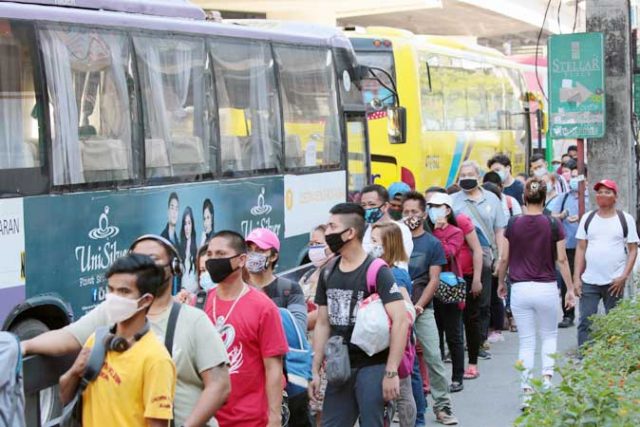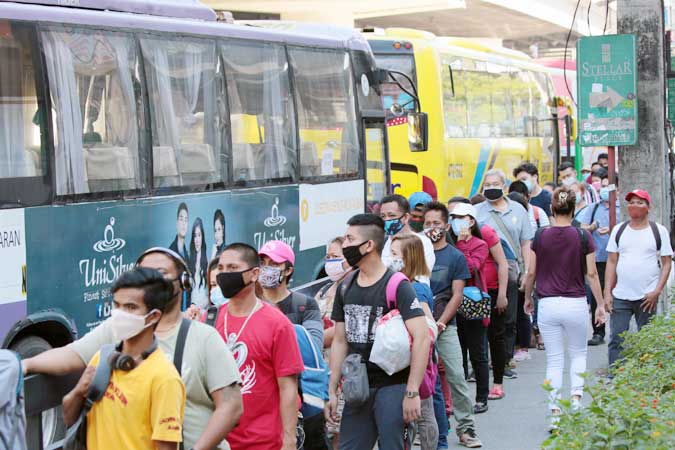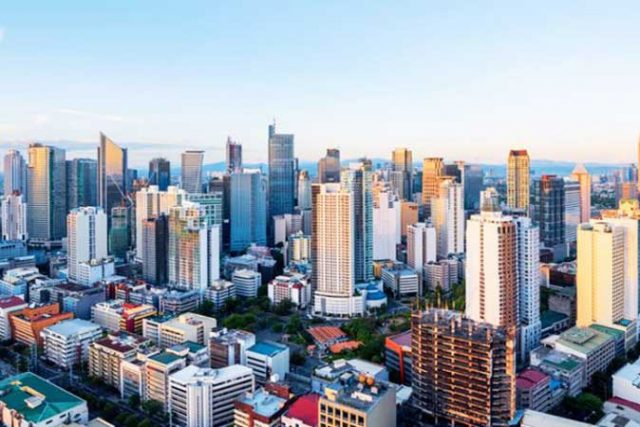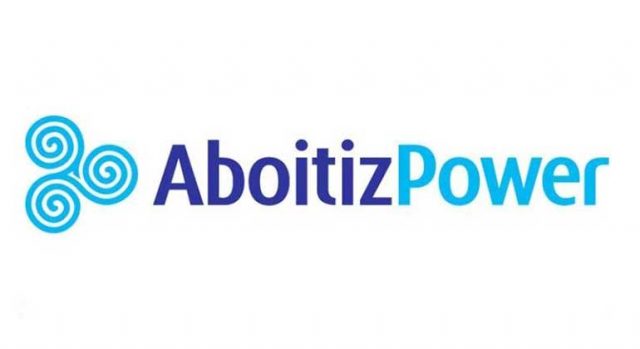AYALA Land, Inc. (ALI) on Tuesday said it generated P3.3 billion in the second quarter, over 16 times the P426-million income it logged year on year as revenues also grew by 90%.
In the April-to-June period, the company’s topline reached P24.3 billion from P12.55 billion.
“The pandemic continues to provide an extremely challenging environment for majority of our business lines,” ALI President and Chief Executive Officer Bernard Vincent O. Dy said in a statement.
The company registered a 34% growth in net income to P6 billion in the first six months, while consolidated revenues improved by 19% to P49 billion.
“Improvement in our performance in the first half of the year was driven primarily by our property development business, with residential demand showing resilience and construction progress driving revenue recognition,” Mr. Dy said.
Property development revenues grew by 37% to P34.1 billion due to progress in construction and higher sales bookings.
The company said its sales reservations in the second quarter grew by 45% to P19.7 billion year on year due to sustained local demand, prompting a 26% improvement in first-half sales reservations to P48.2 billion.
Meanwhile, the reimposition of community quarantines affected commercial leasing revenues, which declined by 26% to P9.5 billion from P12.9 billion year on year.
Shopping center revenues also went down by 43% to P3.4 billion from P5.8 billion due to limited operations and as the company granted discounts to tenants. Meanwhile, revenues from hotels and resorts dropped 42% to P1.2 billion from P2.1 billion.
“Office leasing revenues totaled P4.8 billion, a very slight improvement from last year as business process outsourcing and HQ operations cushioned the impact of POGO (Philippine offshore gaming operators) cancelations,” the company said.
ALI allotted P100 billion for residential launches this year. It has since launched 14 projects with a total value of P44.3 billion in the first six months.
Eight of the projects were launched in the second quarter, which are: Anvaya Cove S3 in Bataan, Bayview Heights in Misamis Oriental, Averdeen Estates Phase 1 and Southdale Settings in Nuvali, Laguna, Makati Southpoint Tower 2 and Astrea Tower 2, Amaia Steps The Junction Place, and Amaia Skies Cubao Tower 2 in Quezon City.
ALI said capital expenditures for the period totaled P32.1 billion, half of which was spent on the company’s residential projects. Meanwhile, 21% was used for estate development, and 12% was spent on land acquisition.
The company has a total land bank of 12,483 hectares nationwide, with five residential brands, 2.12 million square meters (sq.m.) of malls, 1.30 million sq.m. of offices, and 4,030 hotel and resort rooms.
AYALALAND LOGISTICS
Meanwhile, ALI subsidiary AyalaLand Logistics Holdings Corp. (ALLHC) said its net income for the quarter amounted to P82 million, while consolidated revenues totaled P663 million.
The company reported a 59% growth in the company’s net income for the first semester to P247 million from P155 million year on year.
“The business environment remains challenging, but we are steadfast in our recovery and growth plans in the industrial real estate place,” ALLHC President and Chief Executive Officer Maria Rowena M. Toweldan said in a statement on Tuesday.
For the six-month period, ALLHC’s consolidated revenues totaled P1.6 billion from last year’s P1.598 billion.
The company earned P611 million from the sale of industrial lots, 74% higher than the P351 million booked a year earlier due to increased earnings from its Pampanga, Cavite, and Laguindingan Technoparks.
Warehouse leasing revenues inched up by six percent to P204 million from P193 million.
ALLHC added 10,000 sq.m. in its GLA (gross leasable area) via ALogis Biñan, which boosted the company’s ALogis portfolio to a warehouse GLA with 224,000 sq.m. The company acquired a 4,000-pallet position cold storage facility in Laguna Technopark, which it now calls “ALogis Artico.”
The company also said it was affected by restrictions on mall operations and limited rental assistance. ALLHC’s commercial leasing revenues from its Tutuban Center and South Park Center declined by 16% to P219 million from P262 million.
ALLHC said Tutuban Center and South Park Center were given Safety Seals by respective city governments, which means that both comply with the required health safety protocols.
South Park Center is currently used as Muntinlupa’s mega vaccination site, Philippine Red Cross’s saliva RT-PCR testing site, and the Philippine Statistics Authority’s PhilSys National ID registration site.
The pause on mall operations was said to be offset by “sustained” office leasing operations in South Park Corporate Center, which logged a 100% lease-out rate.
On Tuesday, shares of Ayala Land at the local bourse declined by 0.59% or 20 centavos to close at P33.80 each, while ALLHC stocks rose by 4.56% or 18 centavos to P4.13 apiece. — Keren Concepcion G. Valmonte














